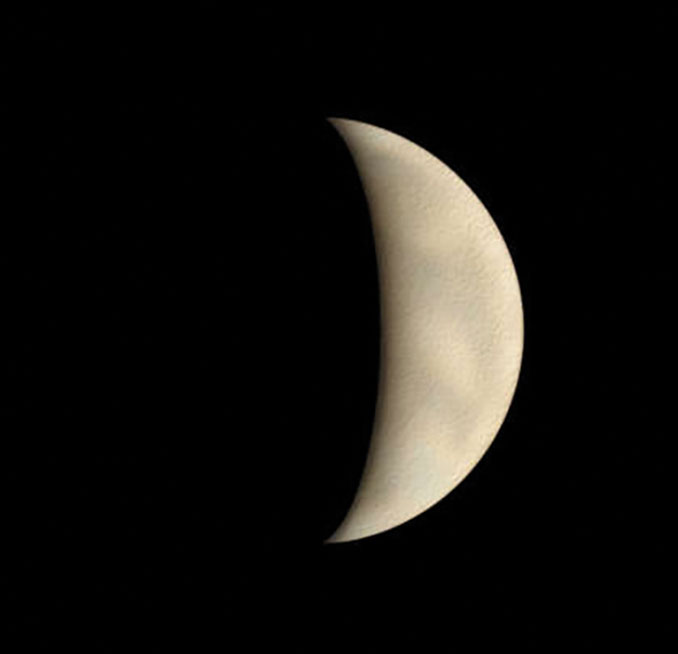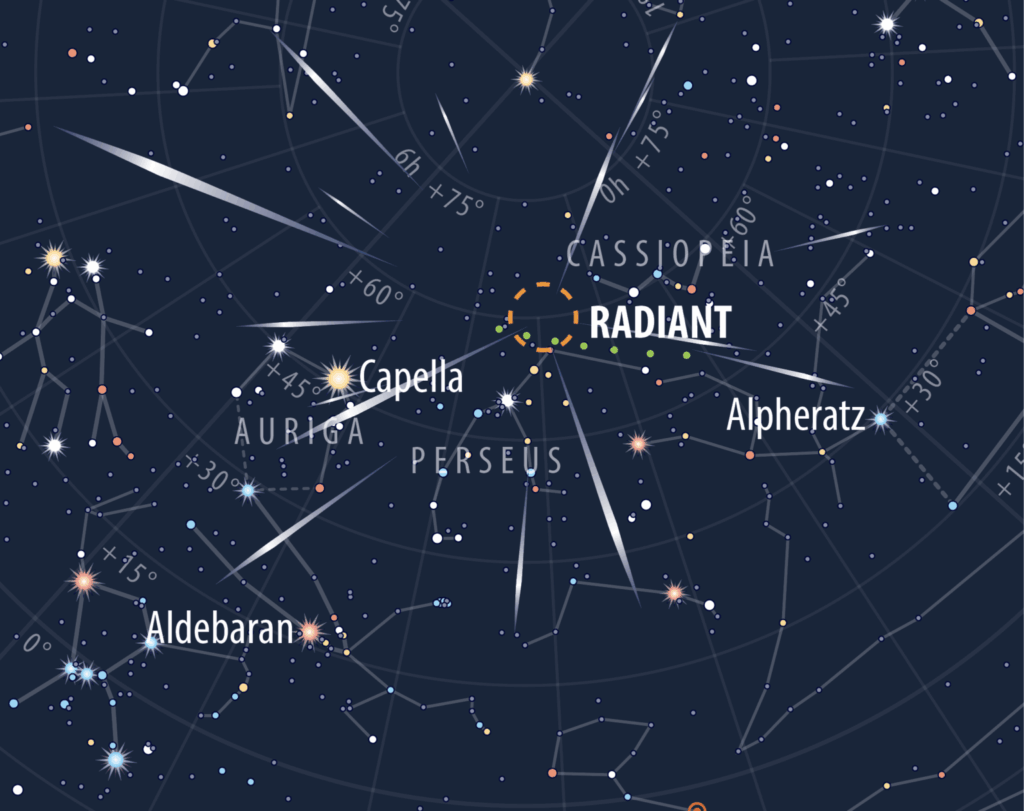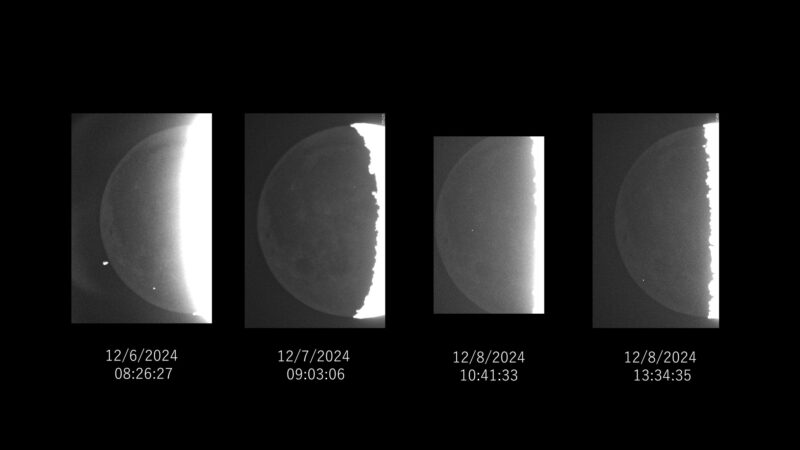Now Reading: Catch Mercury’s end of year pre-dawn show
-
01
Catch Mercury’s end of year pre-dawn show
Catch Mercury’s end of year pre-dawn show


Mercury, the fast moving inner planet, passed through inferior conjunction between Earth and the Sun on 6 December and then heads rapidly west of the Sun to emerge into the pre-dawn twilight from around 13 December. Across a flat south-eastern horizon Mercury lies just over 5 degrees up from London at about 7.15am (7.49am and around a degree lower in Scotland), 40 minutes before sunrise. Mercury’s relative dimness, magnitude +1, at the start of this apparition, means a pair of binoculars may be needed to spot it. The elusive planet always reaches peak brightness at the end of morning apparitions.
Of all the major planets, Mercury is the most troublesome to locate and difficult to observe, as, outside of observing it in broad daylight, it’s visible only close to dawn or dusk, and offers just a handful of more favourable appearances each year when it slips the Sun’s leash to emerge from the Sun’s glare. Mercury can get surprisingly bright though and be seen without optical aid when at its best and sky conditions are favourable.

A week later Mercury has brightened to magnitude –0.16 and now sits 8.5 degrees high at 7.22am (~7 degrees at 7.54am from Scotland). The planet remains at around the same altitude until Christmas Day, when it’s at maximum western elongation (22 degrees) from the Sun and it has brightened to mag. –0.33. By New Year’s Eve, Mercury is marginally brighter but is now only 6 degrees up for the same degree of twilight, at 7.25am. It’s heading back to the Sun and superior conjunction on the far side of the Sun in February next year.

A small telescope can show Mercury’s moon-like phases; how clearly depends largely on prevailing seeing conditions. During this apparition Mercury rapidly morphs from a 20 per cent-illuminated crescent to prominent gibbous phase at the end of the year, with a ‘last-quarter’-like phase around 20–21 December.
Try using an orange or a light-red filter (Wratten 21 or 23A), the former of which has 50 per cent light transmission and produces a brighter though less-effective view. Red or deep-red filters (Wratten 25 or 29) are more useful for large-aperture telescopes.

Mercury can be imaged through moderate- to large-aperture telescopes (say, above 150mm [six-inches] in aperture) when equipped with either an infrared (IR) or ultraviolet (UV) filter. These will help improve the visibility of dark markings, surface detail on Mercury, and reduce the adverse effects of poor seeing.
Stay Informed With the Latest & Most Important News
Previous Post
Next Post
-
 012024 in Review: Highlights from NASA in Silicon Valley
012024 in Review: Highlights from NASA in Silicon Valley -
 02Panasonic Leica Summilux DG 15mm f/1.7 ASPH review
02Panasonic Leica Summilux DG 15mm f/1.7 ASPH review -
 03From Polymerization-Enabled Folding and Assembly to Chemical Evolution: Key Processes for Emergence of Functional Polymers in the Origin of Life
03From Polymerization-Enabled Folding and Assembly to Chemical Evolution: Key Processes for Emergence of Functional Polymers in the Origin of Life -
 04How New NASA, India Earth Satellite NISAR Will See Earth
04How New NASA, India Earth Satellite NISAR Will See Earth -
 05And Thus Begins A New Year For Life On Earth
05And Thus Begins A New Year For Life On Earth -
 06Astronomy Activation Ambassadors: A New Era
06Astronomy Activation Ambassadors: A New Era -
07SpaceX launch surge helps set new global launch record in 2024



















